Mabati roofing has gained popularity in recent years for its durability, affordability, and versatility.
However, there are several misconceptions and myths surrounding mabati roofing that may impact homeowners’ decision-making. In this blog article, we will debunk five common myths about mabati roofing to provide accurate information and help homeowners make informed choices when it comes to their roofing needs.
Myth 1: Mabati roofs are noisy during rainstorms.
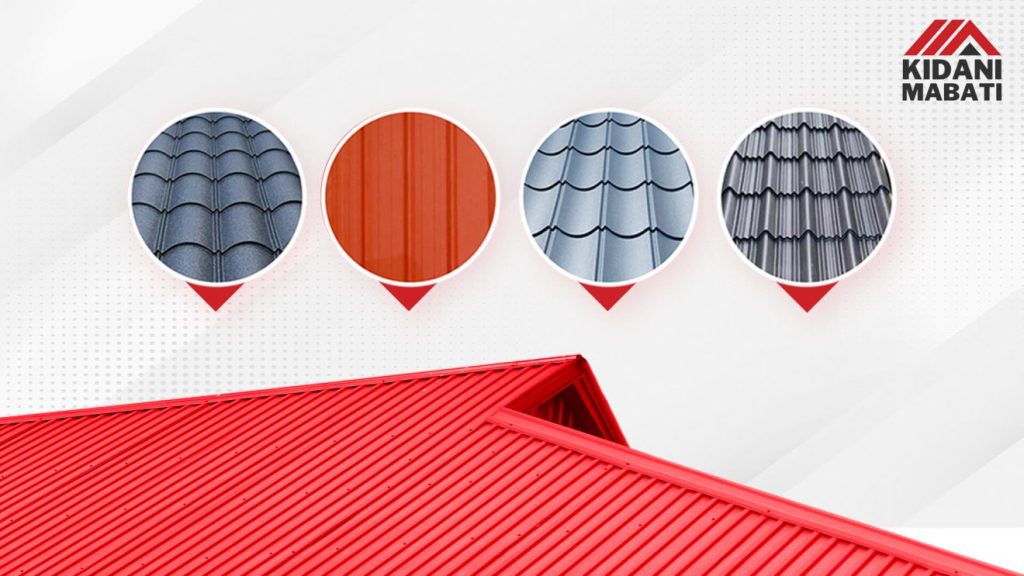
One common myth about mabati roofing is that it produces loud noise during rainstorms. However, this is not entirely accurate. The noise level of a roof during rainstorms is determined by various factors, including the roof’s design, insulation, and installation.Some types of mabati roofing come with a matt finish that not only enhances the aesthetic appeal of the roof but also helps in reducing noise. Properly installed mabati roofing with adequate insulation can effectively reduce noise levels during rainstorms, making it as quiet as any other roofing material.
Myth 2: Mabati roofs are not durable and prone to rust.
Another myth about mabati roofing is that it is not durable and prone to rust. However, this is a misconception. High-quality mabati roofs, such as those offered by Kidani Mabati, are made from galvanized steel coated with zinc or other protective materials to prevent rust and corrosion. With proper maintenance and care, mabati roofs can last decades, even in harsh weather conditions.
Myth 3: Mabati roofs are only suitable for rural or low-income areas.
There is a misconception that mabati roofing is only suitable for rural or low-income areas. However, mabati roofing has evolved to become a popular choice for both urban and rural areas due to its affordability, versatility, and durability. Mabati roofs are available in various designs, colours, and finishes, making them suitable for a wide range of architectural styles and preferences.
Myth 4: Mabati roofs are not energy-efficient.
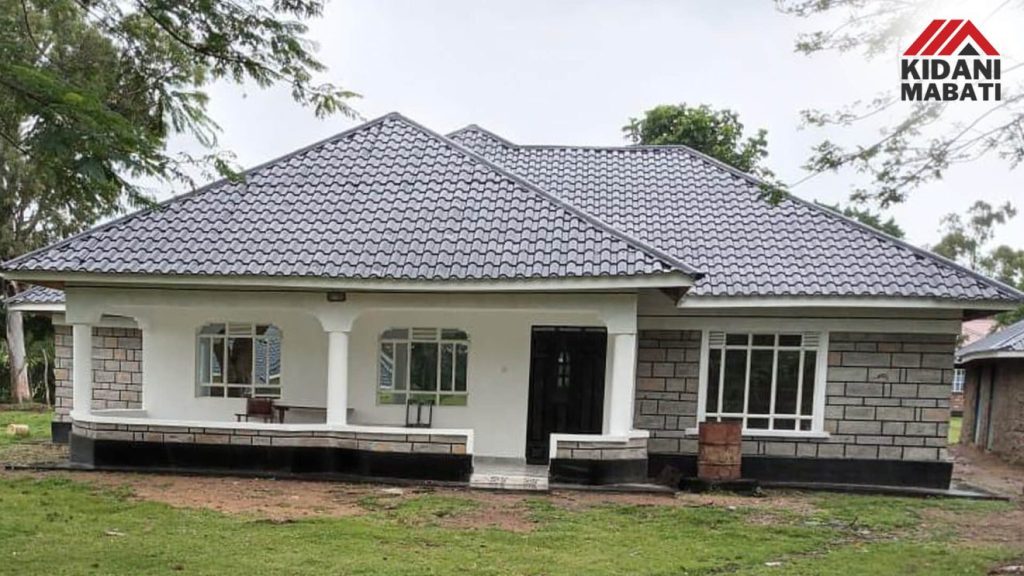
Some people believe that mabati roofing is not energy-efficient, as it can absorb heat and make the interior of the building uncomfortably hot. However, this is not entirely true. Properly installed mabati roofs with proper insulation can effectively reduce heat absorption, keeping the interior of the building cooler and reducing the need for excessive air conditioning. In fact, mabati roofing can be an energy-efficient option when combined with proper insulation and ventilation.
Myth 5: Mabati roofs are not aesthetically pleasing.
There is a misconception that mabati roofing is not aesthetically pleasing and lacks design options. However, modern mabati roofs come in a wide range of designs, colours, and finishes, allowing homeowners to achieve a stylish and attractive look for their homes. Mabati roofing can complement various architectural styles and be customized to suit individual preferences, making it a versatile and visually appealing choice for roofing.
Choose Kidani Mabati for high-quality, stylish roofing that suits different architectural styles. Don’t let myths discourage you from considering mabati roofing for your home..– ADMIN
Conclusion
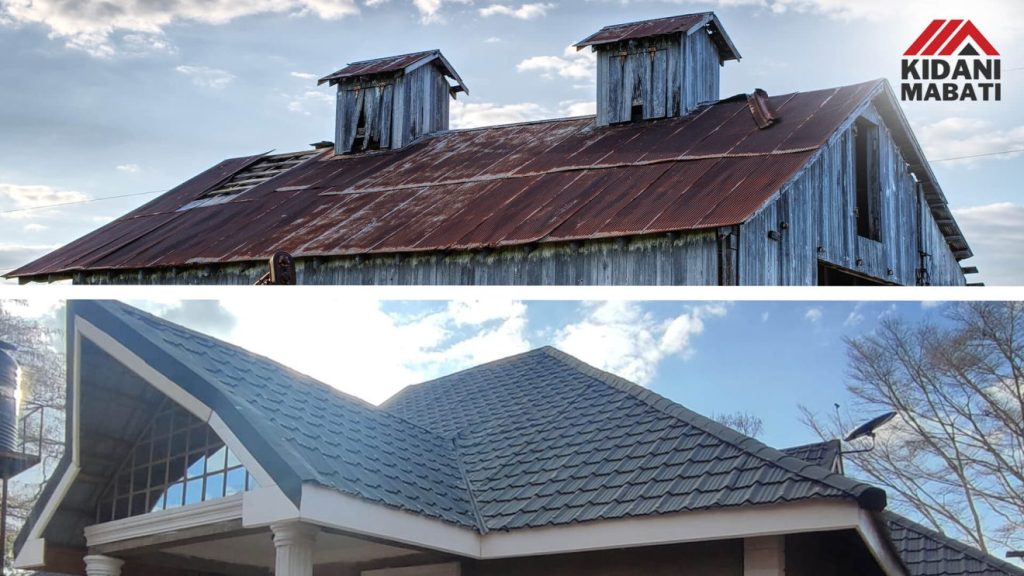
Mabati roofing is durable, affordable, and versatile, but myths persist. We aim to debunk misconceptions and provide accurate information for informed decisions. Choose Kidani Mabati for high-quality, stylish roofing that suits different architectural styles. Don’t let myths discourage you from considering mabati roofing for your home.
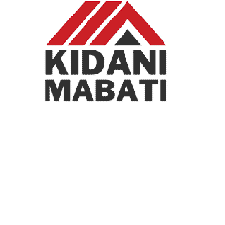
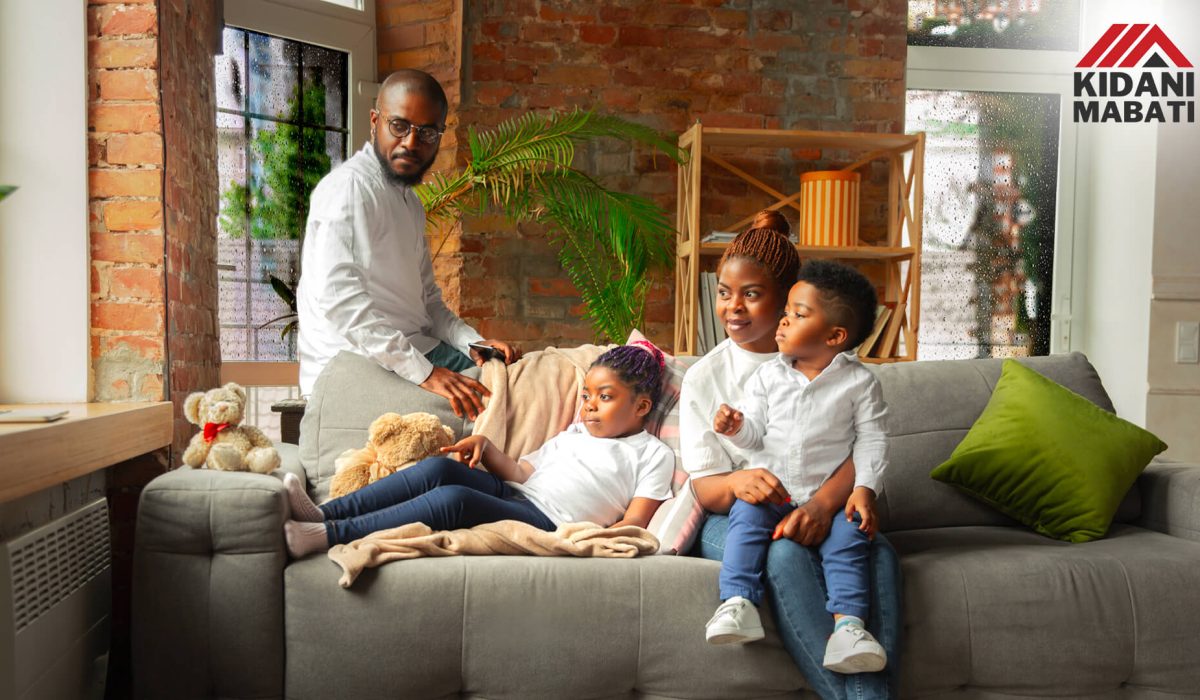
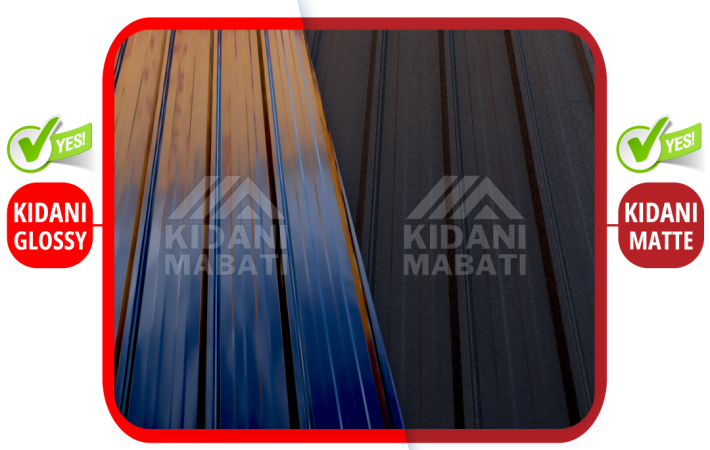

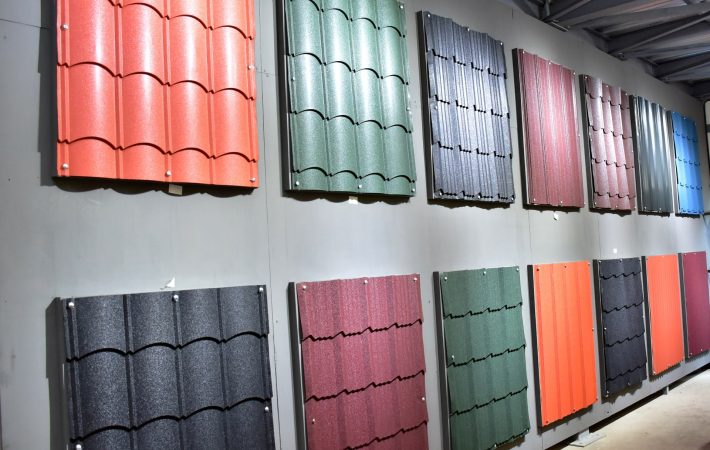
Leave a comment
Your email address will not be published. Required fields are marked *